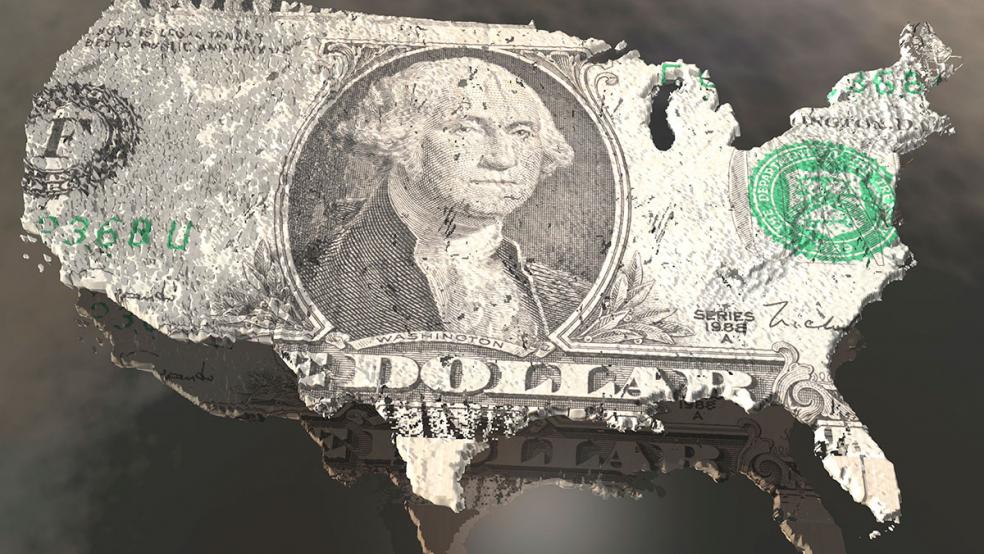Under normal conditions, wealthy states like New York and California are net revenue donors to the federal government, sending more in taxes to the Treasury than they receive back in various kinds of spending, while poorer states like West Virginia and Mississippi are net beneficiaries. The Covid-19 pandemic eliminated that distinction, according to a new study from the Rockefeller Institute of Government. High levels of spending in response to the health crisis meant that all states got more than they gave to the federal government.
The report found that 2021 marked the second consecutive year in which there were no net donor states in terms of revenues. Overall, the balance of payments between the states and the federal government was $2.8 trillion in the states’ favor. This was the second largest net deficit in history, second only to the $3.1 trillion gap recorded in 2020.
On average, states received $8,122 per capita from the federal government in 2021. But some states received far more, while others received far less. The state that received the highest level of per capita spending was Virginia, with a positive balance of payments of $20,078. (The large number of federal employees who live in Virginia, outside of Washington, D.C., plays a role in the size of that positive balance.) Kentucky ($18,743), Alaska ($18,423), New Mexico ($15,772) and Maryland ($14,253) round out the top five in the list of net beneficiaries.
“All of the top five states benefited from larger-than-average levels of Federal spending,” the report says. “Kentucky, Alaska, and New Mexico also benefitted from lower-than average tax burdens.”
Connecticut, on the other hand, received the least, bringing in just $921 per capita in net benefits from the federal government. New Hampshire ($3,575), Massachusetts ($3,153), Washington ($3,101) and Utah ($3,075) round out the list of the five that received the least.
“For all of the bottom five states but Massachusetts, Federal spending was below the national average,” the report says. “For all but Utah, relatively low balance of payments were also driven by their significantly higher-than-average tax payments. The residents of Connecticut, Massachusetts, New Jersey, and New York made the largest per capita contributions to the Federal government in 2021, $5,796, $5,548, $3,615, and $3,445 above the national average, respectively.”
What comes next: Experts expect state-level balance of payments to revert to their previous pattern as pandemic spending programs come to an end, with 2022 serving as a transitional year. By 2023, states like New York and California will likely once again serve as net donors to the federal coffers, paying more in than they take out, usually by a considerable margin.




